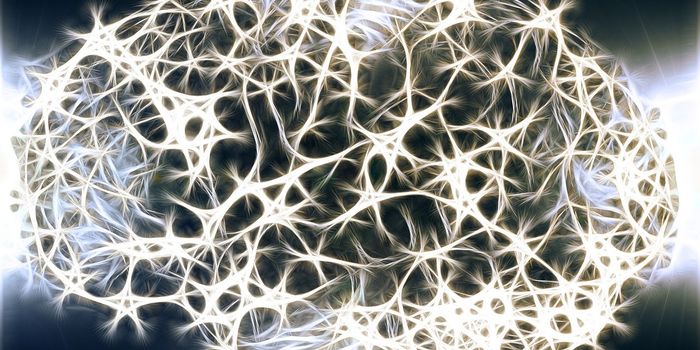Emotion-Color Associations are the Same Globally
Researchers from Johannes Gutenberg Universitaet Mainz in Germany have found that people, regardless of where they come from in the world, tend to associate color with the same emotions.
For the study, 4,598 people from 30 different countries across six continents filled in an online survey investigating their emotional associations with colors. In the survey, each participant assigned up to 20 emotions to twelve different colors. They also specified the intensity of which each color brought on the emotion.
In the end, the researchers found that emotion-color associations were largely universal among all countries. For example, they found that the color red is the only color strongly associated with both positive feelings of love and negative feelings like anger at the same time.
They noticed some local differences too. For example, they found that the color white is more commonly linked to sadness in China than in other countries as it is worn to funerals there. In Greece, the same was true for dark purple, which is worn by those in the Greek Orthodox Church during periods of mourning.
The researchers also found that yellow tends to be more closely linked to joy in countries that see less sun, whereas this was not necessarily true in countries with more sunlight. Overall, they found that where differences in color-emotion association exist, they tended to be larger between individual nations at higher degrees of geographical or linguistic separation.
Although interesting findings, the researchers say that it is difficult to know what exactly accounts for similarities and differences in color associations. In particular, they note that factors including language, culture, religion, climate, history, and the human perceptual system all likely play a role, even if the degree to which they do is yet unknown.
Sources: Neuroscience News, Psychological Science









